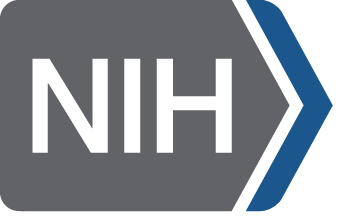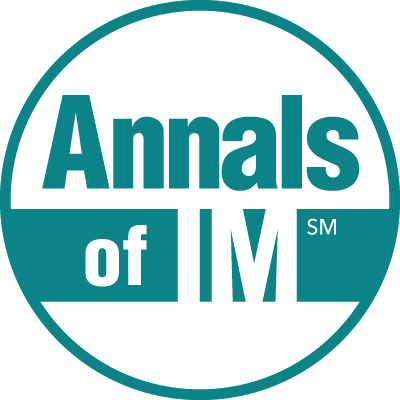Tison Lab Announcement Highlights!
The Tison Lab is currently accepting applications for Research Data Analysts, Data Scientists and Post-Docs
More Announcements in Media
 The Tison lab receives the New Innovator Award from the National Institutes of Health for exceptionally creative, innovative and high impact research.
The Tison lab receives the New Innovator Award from the National Institutes of Health for exceptionally creative, innovative and high impact research.
 New York Times articles (1 and 2) highlighted Tison Lab research describing worldwide changes in physical activity during COVID-19, using >19 million step count measurements from >455,000 global users.
New York Times articles (1 and 2) highlighted Tison Lab research describing worldwide changes in physical activity during COVID-19, using >19 million step count measurements from >455,000 global users.
 A paper led by the Tison Lab was published in Nature Medicine showing how a digital biomarker for diabetes was developed from smartphone-based signals using deep learning. Read more at the project page.
A paper led by the Tison Lab was published in Nature Medicine showing how a digital biomarker for diabetes was developed from smartphone-based signals using deep learning. Read more at the project page.
 Dr. Tison talks to NPR about research on worldwide activity trends since the start of COVID-19 radio segment and article.
Dr. Tison talks to NPR about research on worldwide activity trends since the start of COVID-19 radio segment and article.
 A paper published in Nature Medicine in collaboration with Andrew Ng's lab at Stanford pioneered the use of deep learning for electrocardiogram (ECG) analysis.
A paper published in Nature Medicine in collaboration with Andrew Ng's lab at Stanford pioneered the use of deep learning for electrocardiogram (ECG) analysis.
 The Wall Street Journal quotes Dr. Tison and highlights the Tison lab's development of an AI-based PPG digital biomarker for diabetes.
The Wall Street Journal quotes Dr. Tison and highlights the Tison lab's development of an AI-based PPG digital biomarker for diabetes.
 A Tison lab study in JAMA Cardiology developed and validated an AI algorithm to estimate cardiac function (LVEF) from routine coronary angiograms, providing novel information from existing data. Read more at the project page.
A Tison lab study in JAMA Cardiology developed and validated an AI algorithm to estimate cardiac function (LVEF) from routine coronary angiograms, providing novel information from existing data. Read more at the project page.
 The San Francisco Chronicle discusses AI research from the Tison lab and efforts to translate these advances to improve patient care through a partnership with Viz.ai.
The San Francisco Chronicle discusses AI research from the Tison lab and efforts to translate these advances to improve patient care through a partnership with Viz.ai.
 A Tison lab research study examining worldwide physical activity trends in 2 years since COVID-19 onset in The Lancet Global Health.
A Tison lab research study examining worldwide physical activity trends in 2 years since COVID-19 onset in The Lancet Global Health.
 A Tison lab research study in the Journal of the American College of Cardiology, with collaborators at Mayo, applied longitudinal AI analysis of ECGs in Hypertrophic Cardiomyopathy.
A Tison lab research study in the Journal of the American College of Cardiology, with collaborators at Mayo, applied longitudinal AI analysis of ECGs in Hypertrophic Cardiomyopathy.
 Research led by the Tison lab in JAMA Cardiology developed a neural network and explainability technique using ~1 million electrocardiograms (ECGs) across a wide range of diagnoses. Read more at the project page.
Research led by the Tison lab in JAMA Cardiology developed a neural network and explainability technique using ~1 million electrocardiograms (ECGs) across a wide range of diagnoses. Read more at the project page.
 Invited Article in JAMA Cardiology on leveraging deep learning to expand the diagnostic utility of electrocardiograms (ECG).
Invited Article in JAMA Cardiology on leveraging deep learning to expand the diagnostic utility of electrocardiograms (ECG).
 A Nature Reviews Endocrinology article highlights research led by the Tison Lab published in Nature Medicine detecting diabetes with smartphones, discussing the broad potential benefits of its accessibility and some of the work ahead to deploy this biomarker clinically.
A Nature Reviews Endocrinology article highlights research led by the Tison Lab published in Nature Medicine detecting diabetes with smartphones, discussing the broad potential benefits of its accessibility and some of the work ahead to deploy this biomarker clinically.
 A research paper describing worldwide changes in physical activity since COVID-19 published in the Annals of Internal Medicine.
A research paper describing worldwide changes in physical activity since COVID-19 published in the Annals of Internal Medicine.